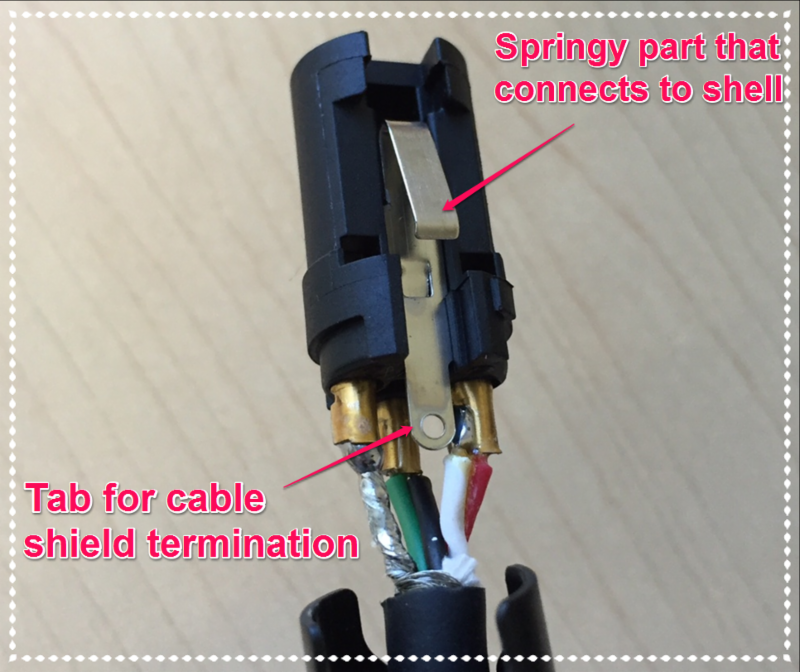As if there were no other good amps or engineering approaches. There are, and many. I believe that manufacturers and dealers should be honorably dismissed. It doesn’t matter how much knowledge and skill they might have, this is not a proper place for them to be.
@inna If you want a good S/PDIF cable, it will have to be a certain characteristic impedance and is based on AES3. A good USB cable will meet the standards required by the USB standard. The standards are required by the principles of operation. Manufacturers usually know that if they are to make a cable for those applications they will have to adhere to the standards. The same is true of manufacturers of the hardware itself.
The puzzling thing is why the balanced standard is so commonly ignored in high end audio. In any other field of electronic endeavor, it would be considered bad practice and the manufacturer of such equipment would likely be out of business fairly quickly.
I’m not saying (as I pointed out earlier) that high end audio equipment that does not support the standard does not sound good. I am saying that when it does not, the cable is a veil in the system. That’s all.
Manufacturers choose whether or not they want to deal with that problem. Its not a value judgement on my part but I sense that you think it is. Personally I don’t get why anyone would want to have a cable be a veil in their system, but maybe the realization that the cable will be exactly that simply hasn’t dawned. Plus people get into this sport for very different reasons. I like to listen to music, but some like horse trading equipment, looking at how manufacturers solved certain problems (pick up a copy of The Art of the Motorcycle, which illustrates how this works in the motorbike world), being able to say how much they did or didn’t spend and so on.


